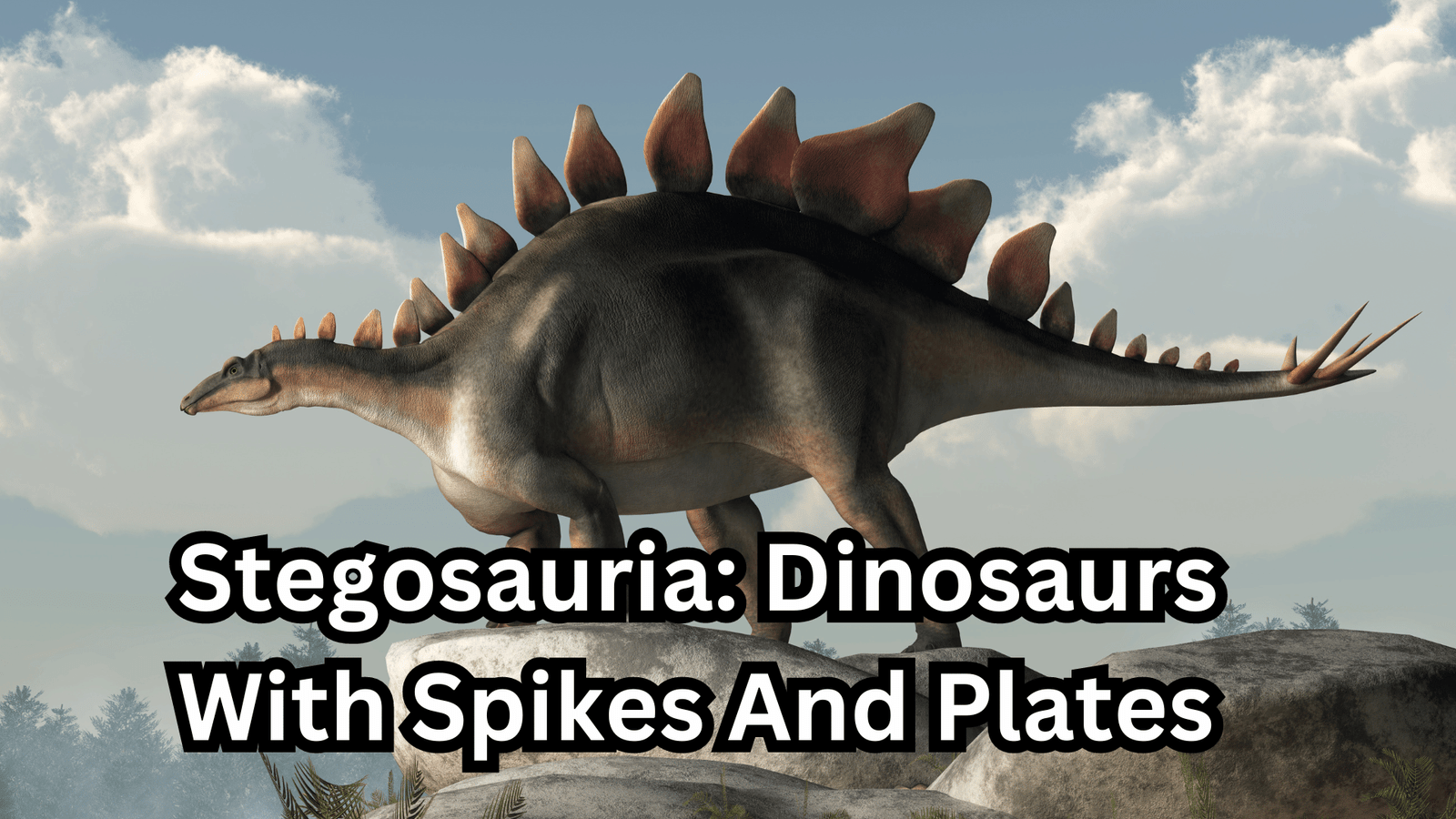
Oviraptor – Unraveling Laurasias Greatest Parents
Dive into the fascinating world of oviraptorosaurs, a group of remarkable dinosaurs within the Oviraptoridae family. These ancient creatures have long captivated scientists and enthusiasts alike, primarily due to their intriguing behaviors, unique physical characteristics, and, of course, their strong association with eggs. Egg-Centric Existence The name “Oviraptorosauria”...



